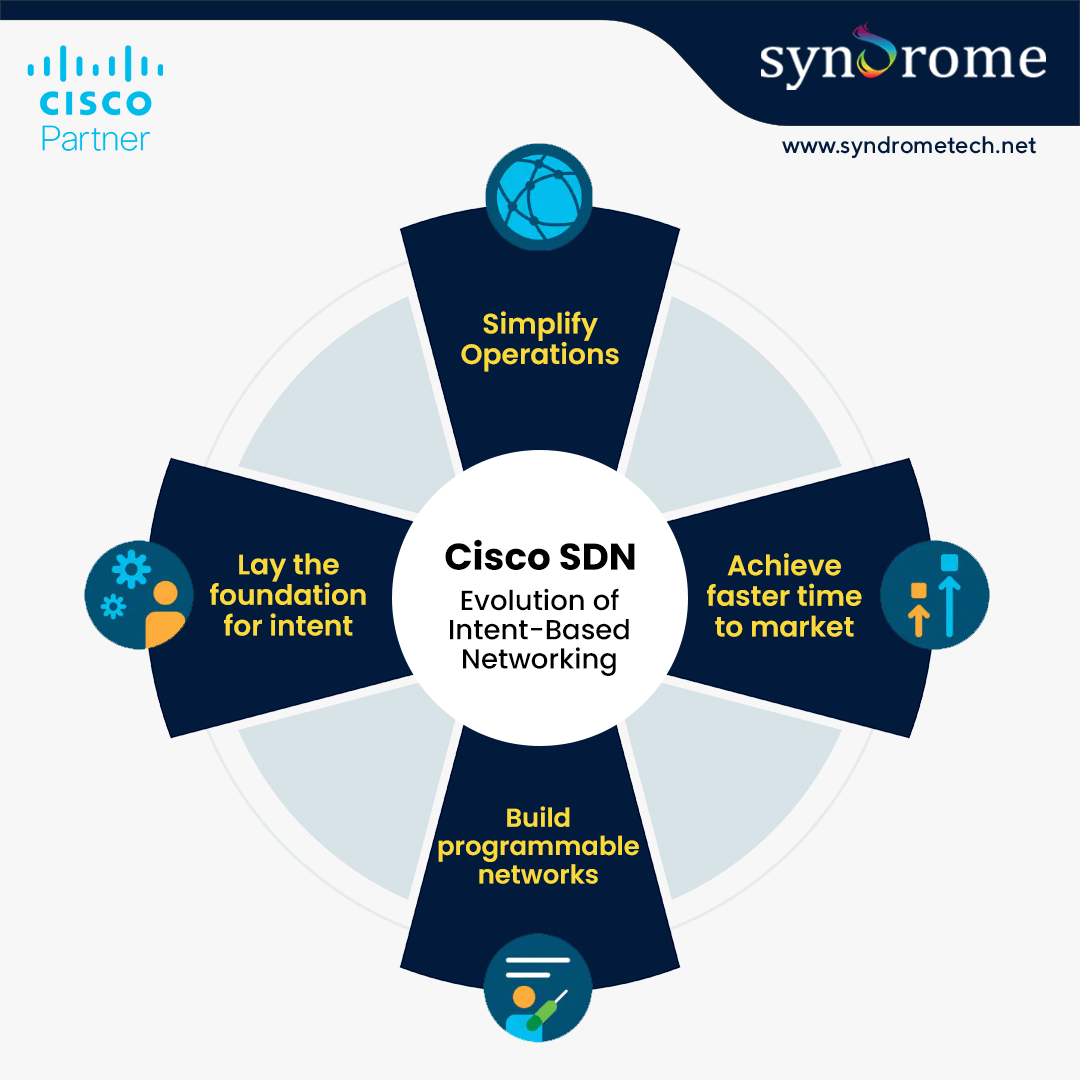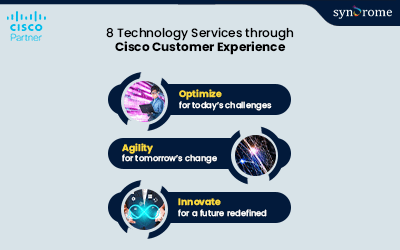Elements of Software-defined network and its evolution to IBN
Software-defined networking (SDN) is an architecture that is designed in such a way that will make a network more easier and flexible to manage. In discrete networking devices, there is an abstraction of the control plane from the data forwarding mechanism bringing about centralized management for SDN.
There has been widespread adoption of SDN across data centers (64%), access networks (40%), and WANs (58%).

Elements of Software-defined network:
With centralized architecture and a programmable network SDN comprises the following things:
Controller: this is the core element of this architecture which enables centralized control and management along with automation and policy enforcement across virtual and physical network environments.
Northbound API: These APIs transfer information between the controller and the different applications and policy engines, which consider SDN as a single logical network device.
Southbound API: These transfer data between the controller and the individual network devices like switches, routers, access points, and firewalls.
Benefits of using a Software-defined network:
1. Intent-based: complete centralized management, configuration, service delivery, monitoring, and cloud automation is achieved under SDN.
2. Ease operations: decoupling the data planes and the controlled decrease the complexities along with achieving automation highly secure and scalable.
3. Develop programmable networks: abolish the need for manual configuration. Allocate and manage campuses, data centers, and WANs.
4. Faster & better deployment: deliver services and applications quickly by strengthening open APIs. Integrate third-party products easily.
Evolution of Software-defined network to Intent-based network (IBN) :
Like any technology, SDN is also evolving with time. While SDN has been extremely beneficial, its primary focus has been on automating day 0 and day 1 provisioning and configuration. But a recent 2020 Global Networking Trends report suggests that 73% of the organizations spend more than half of their resources on network troubleshooting and remediation.
So there needs to be an option that will increase NetOps efficiency and relevance along with bridging the gap between business IT; which also has the ability to automate the full network lifecycle. This is the place where IBN comes to play.
To expand on SDN, IBN has emerged having the translation, activation, and assurance elements.
Activation: means to create policies and automate systems configurations.
Translation: means to dynamically translate business needs “intents” into network policies that can be activated throughout the network.
Assurance: means to enable AI-network and services assurance capabilities.
With the assistance of artificial intelligence potentials for all three elements, the network will be able to dynamically adapt whether to network disruptions, security threats, or changing applications and business requirements.
As IBN matures, IT teams have recognized that it will be the next big summit for networking. In a survey of 2000 IT leaders and network strategists based on their current networks and future plans, it was seen that only 4% have adopted a full multi-domain IBN, while 35% feel that they will be able to achieve it within the next two years.




